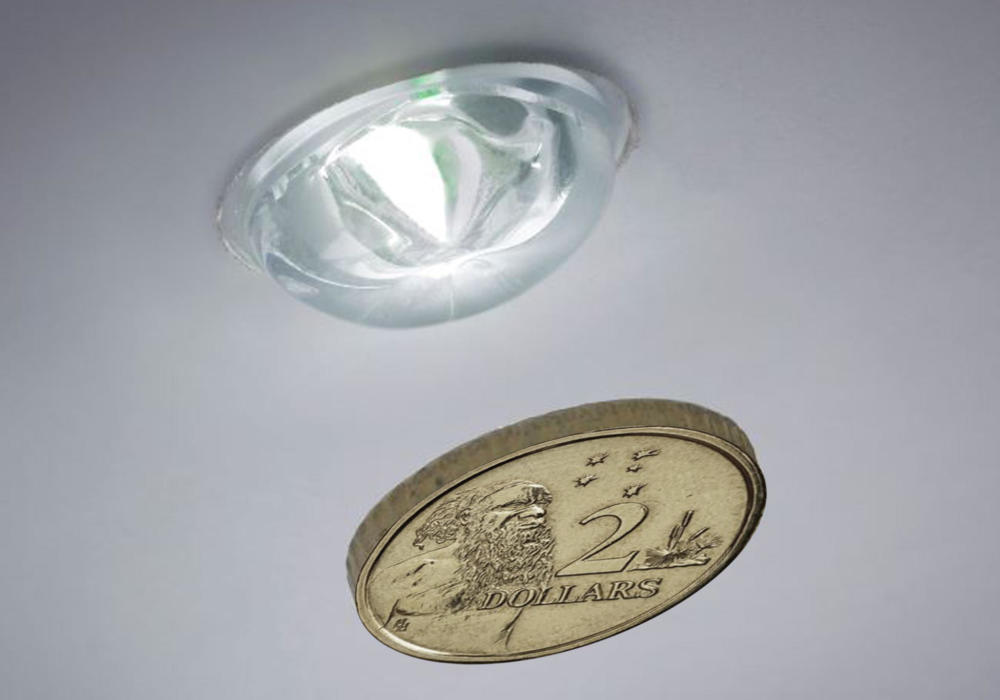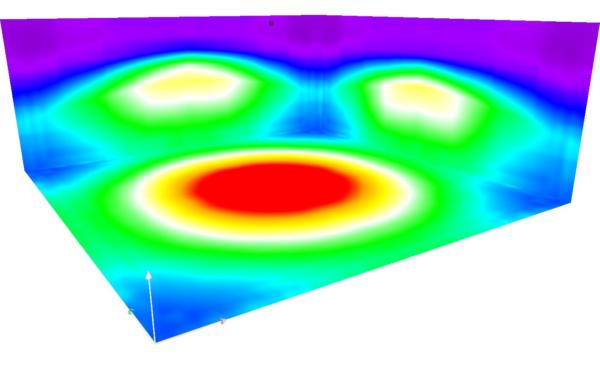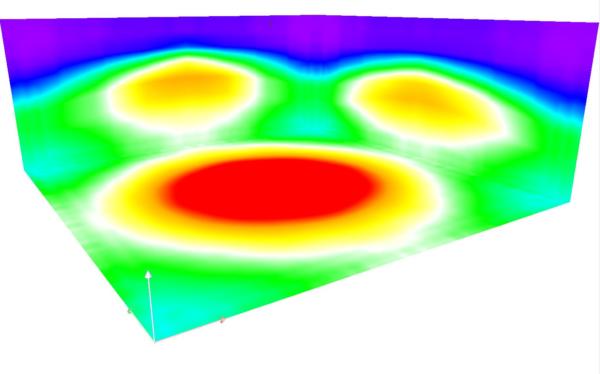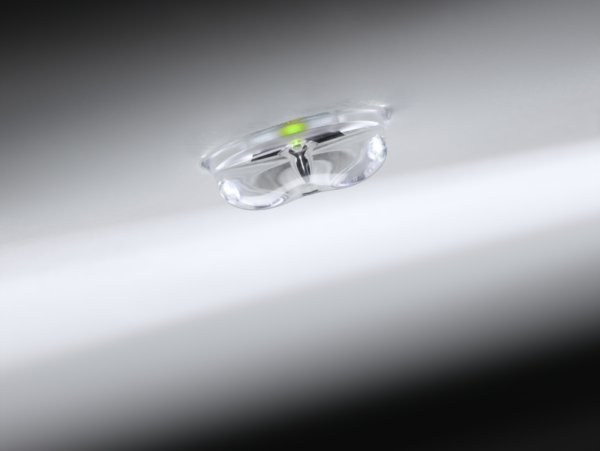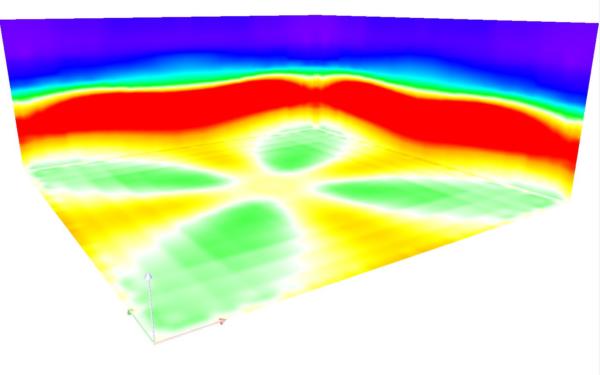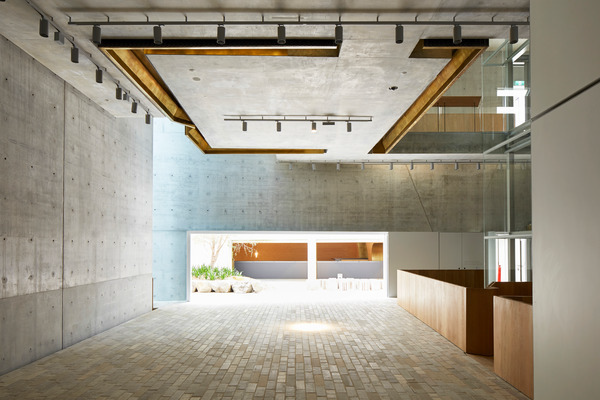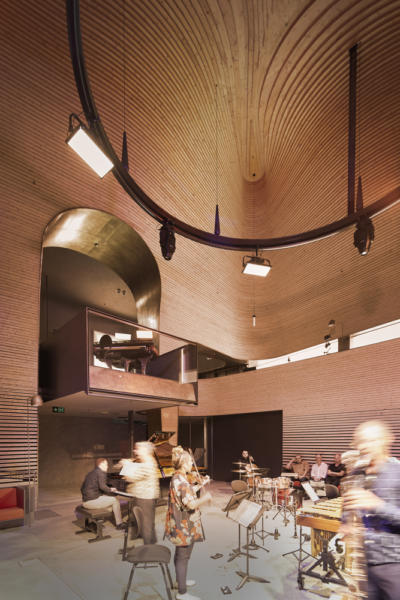Bluelab Design has now been a proud Australian distributor of ETAP Lighting for nearly 10 years. Both Bluelab Design and ETAP Lighting share the same core values of quality and performance with a keen focus on circular solutions. As lighting designers, consultants and manufacturers, we love ETAP Lighting and are often asked, why?
In Australia the emergency lighting market is saturated with options. There is no doubt that there is always business for emergency lighting due to AS2293 standards that make it mandatory in commercial and public spaces. It is required to be able to navigate through spaces during an emergency or natural disaster where it is plausible the power shuts down or breaks. It is often a cause of injury or death, as seen in several events now such as the 2010 Christchurch earthquake; an earthquake measuring 7.1 on the Richter scale in Canterbury, New Zealand. Residents of Christchurch struggled as not only did the lights go out, emergency generators were failing to maintain a supply of electricity through the dozens of aftershocks that occurred afterwards (Dolan B. et al., 2011).
One of the major points of difference for ETAP Lighting is the optics. There is a small range of different types of lighting for emergency depending on situations and spaces. Many companies sport a range of intensities and distributions usually between D40-D80 and some are able to cover an elongated area for corridors and passageways. However a common theme throughout is that they all share a spotlight effect in terms of lighting output. Similar to a dartboard, there is a centre point of intensity which slowly lowers in outer rings.
Under ASNZS2293 standards which demand 1 lux throughout exit passageways and 0.2 lux in surrounding areas, this seems like a lackluster solution to reaching these requisites.
ETAP Lighting have unique optics that set them apart. The special optic that we call the anti-panic lens forgoes the dartboard for an even square distribution. This is special as that means that we can allow visibility to corners and display the floor with even uniformity without requiring extra fittings. It is perfectly represented between the colour displays above and below, which indicate the true distribution and performance between a standard emergency fitting and ETAP Lighting.
ETAP Lighting also provide an elongated lens that sport amazing distribution with the capability to illuminate a corridor up to 1 lux for 17.2m on a 2.7m ceiling. To see the full spacing table provided by Bluelab Design, click here. What is another great feature is that ETAP are built to solve high ceiling issues. Instead of suspending emergency lighting our fittings can perform to standard even with challenging ceilings. A stellar project exemplar we have is Phoenix Gallery located in NSW.
It was easy to maintain such beautiful spaces with the K9 Mini that is subtle and has been used in tandem with timber slats and track lighting for the least amount of obstruction. Yet it has incredible performance for high ceilings as the track lighting in Phoenix Gallery sits 4 to 4.5m high and the timber even farther up.
It is not just the optics that ETAP Lighting can brag about. They are set on creating circular solutions that not only reduce waste but also bring down carbon emissions. Not only can we supply but we allow the ability to service, reuse and dismantle. With ETAP Lighting investing more than 7% of its turnover annually into research and development, it is assured that there is quality and longevity in the ranges provided.
The first great feature focused on circular solutions is the battery that is NiMH (Nickel-Metal-Hydride) instead of the classic Li-ion (Lithium-ion). Under ETAP Lighting’s Green Safety leaflet, they write that sustainability is a key priority and is reflected under their sustainability report and ISO14001 certification.
NiMH is shown to be much more stable whereas Li-ion has proven to be troublesome with its capability to ignite and set fires. Some recent events include Tesla’s battery fire on their Victorian site in Moorabool. The chemicals within the battery are also familiar in the industry and are more easily recycled without the fire risk.
With the K9 Mini, we are able to easily integrate emergency lighting into fittings. Whether that be ETAP’s troffers or industrial range, we can create fittings that will function both as functional/decorative and as emergency lighting.
ETAP Lighting is a continually growing company that seeks sustainable circular solutions within their product ranges and services. The product and installation holds the same weight as the maintenance and service afterwards. With a 5 year warranty including the battery you can find assurance in a long-lasting emergency lighting product that thrives independently.
Dolan, B., Esson, A., Grainger, P., Richardson, S., Ardagh, M. (2011). Earthquake Disaster Response in Christchurch, New Zealand. Journal of Emergency Nursing, 37(5), 506-509. https:///doi.org/10.1016/j.jen.2011.06.009
Bargas, I. (2021, September 20). “February 2011 Christchurch earthquake”. https://nzhistory.govt.nz/culture/february-2011-christchurch-earthquake


